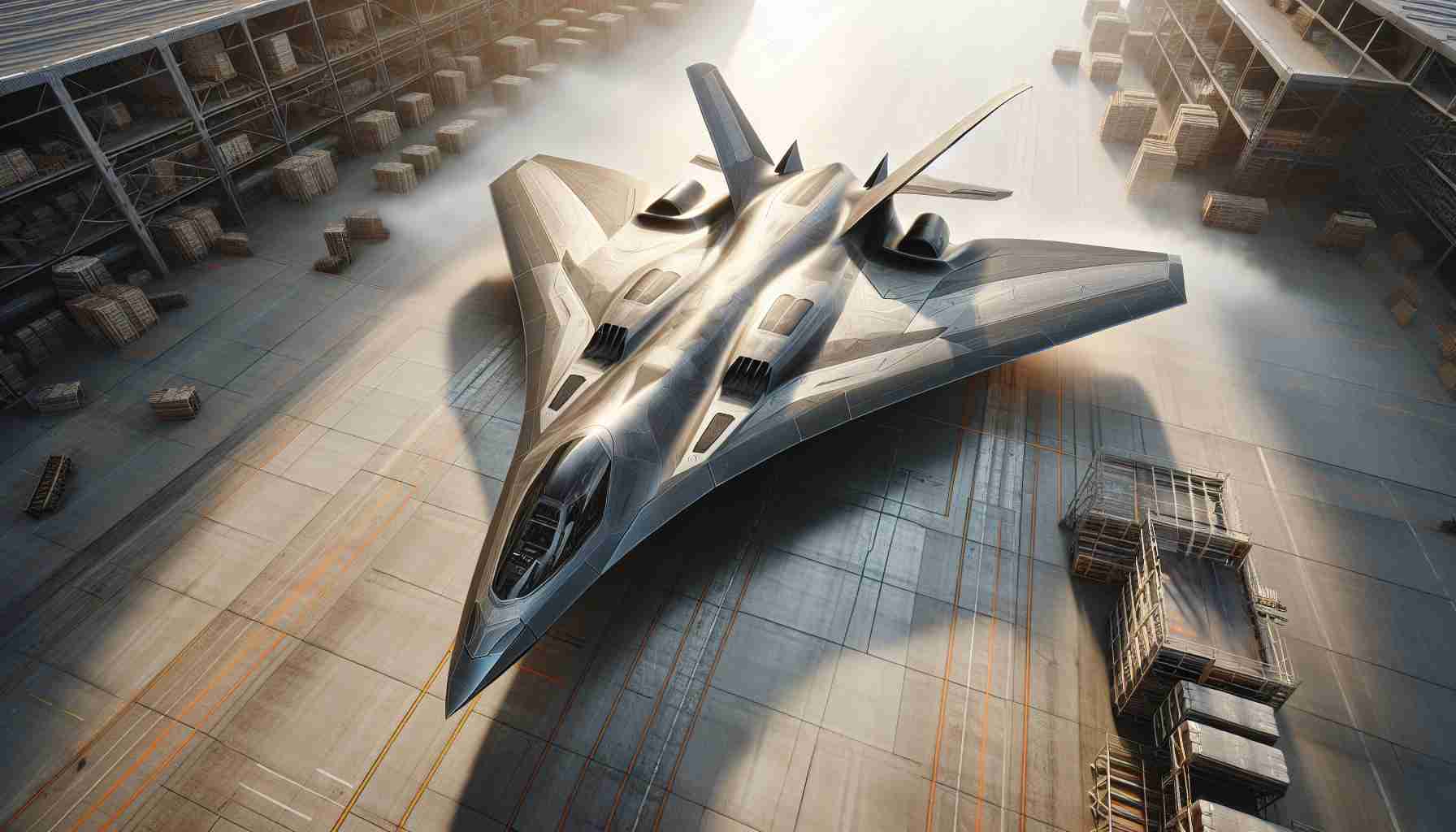The F-35 Lightning II, a marvel of modern aerospace engineering, represents a significant leap forward in military aviation technology. What distinguishes it is not just its cutting-edge design or advanced weaponry, but its extraordinary stealth capabilities, making it nearly invisible to enemy radars.
The F-35, developed by Lockheed Martin, is the result of the Joint Strike Fighter program, which sought to create a versatile fighter jet capable of performing multiple roles. With its ability to operate in various environments and undertake different missions, the F-35 proves to be a versatile addition to any air force. It’s a multirole fighter, meaning it can engage both ground and aerial targets with precision.
One of the F-35’s most striking features is its sophisticated stealth technology. Its design minimizes radar cross-section, making detection by enemy forces exceedingly difficult. This low observability is combined with advanced sensor fusion, allowing pilots to have unparalleled situational awareness.
The aircraft is powered by the Pratt & Whitney F135 engine, providing it with unmatched speed and agility. Moreover, the F-35’s capacity to integrate with other land, sea, and air forces ensures superior combat capabilities in cooperative missions.
Currently, the F-35 serves in the air forces of multiple allied nations, providing a strategic edge on the battlefield. As technology continues to evolve, the F-35 stands at the forefront, paving the way for the future of aerial combat.
The Future of Flight: F-35’s Emerging Tech and Global Impact
The F-35 Lightning II is not just a fighter jet; it’s a tech revolution that transcends traditional military capabilities. Beyond its famed stealth and combat prowess, the F-35 integrates revolutionary technologies affecting broader arenas.
What’s remarkable is its integration with Artificial Intelligence (AI). The onboard systems use AI for predictive maintenance, reducing downtime and enhancing combat readiness. This aspect is particularly transformative, demonstrating how AI is reshaping industries. This fusion raises questions: Can such integration optimize civil aviation maintenance, minimizing flight disruptions?
The data management within the F-35 is another game-changer. Its systems capture enormous amounts of data which is communicated seamlessly across networks. This level of connectivity hints at future advancements in commercial aviation, where real-time data sharing could enhance safety protocols.
However, the F-35 is not without controversies. Its high developmental and operational costs stir debates. Is the cost justified by its capabilities? While it advances military tech, some argue resources might be better utilized in other domains like cyber-defense or infrastructure.
A substantial advantage remains its multirole utility, allowing nations to consolidate air fleets for varied missions, optimizing resource allocation. Yet, reliance on such sophisticated tech necessitates updates and vulnerability assessments, posing a security challenge.
Ultimately, the F-35 is a cornerstone not just for air dominance, but as a model for next-gen aviation technologies. Its breakthroughs could influence technologies across sectors, suggesting a future where military innovations benefit wider human development.
For more on aerospace advancements, visit Lockheed Martin.







